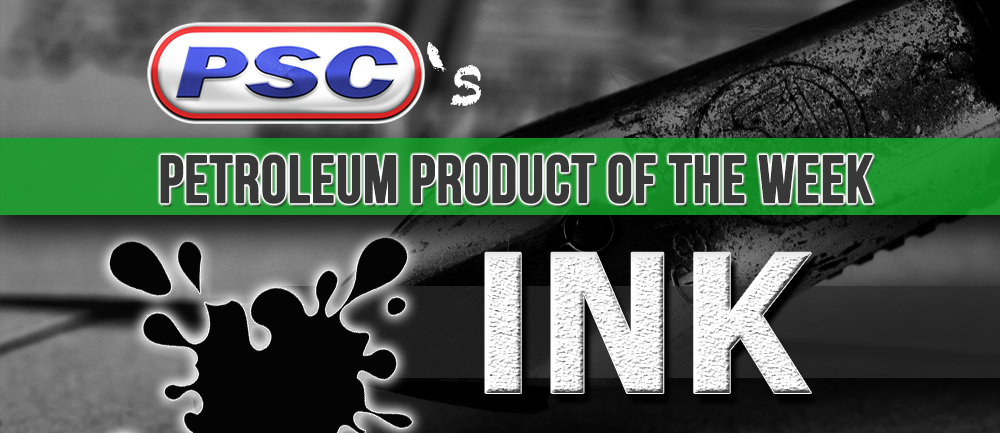For nearly 5000 years, ink has been so intimately attached to our lives that we seldom take the opportunity to appreciate its brilliance.
Because of inks, we have access to thousands of years of historical information, original manuscripts of some of Shakespeare’s greatest works, and million-dollar sketches from some of history’s greatest artists. Beats the heck out of etching a block of stone.
Unlike your second grade teacher, most people — if they ever decide to write something — will opt for the pen. It’s already sharpened, doesn’t break easily (unless you start unscrewing things), and writes smoothly: but the reach of ink doesn’t end with fancy pens.
A huge percentage of manufactured ink goes towards printer cartridges — well, obviously: consider the average, modern individual; generally speaking, he/she is a lot more likely to type a document than handwrite it. These inks (especially those which are considered premium quality) go through an extensive manufacturing process that — you guessed it — involves petroleum in multiple ways.
Aside from the manufacturing equipment that mineral oil-based lubricants are employed in, petroleum distillates are also used to make the actual ink product.
Before we move on, petroleum distillates are scientifically known as aliphatic hydrocarbons. A couple of common distillates are kerosene, mineral spirits, naphtha, and Stoddard solvent — likely utilizing a variety of these products, ink-makers require distillates to act as the solvent or, at least, a fraction of the solvent. In the ink industry, solvents are known as vehicles — the vehicle holds the pigment and is capable of dispersing it evenly throughout the film in a rolling process.
Though many would think the deep black color of most printer inks come from the darkish-brown color of crude oil, the petroleum distillates used are thoroughly refined and therefore contribute little — if at all — to the overall color. The initial texture of the solvent, or vehicle, looks a bit like honey:
The honey-like compound is combined with powdered pigment colors by hand to ensure the proper coloring techniques. The various colored inks undergo a series of tests to ensure uniformity in appearance and texture. Premium black ink is derived from a mix of several colored inks — magenta, yellow, cyan, and black.
This mixture of colors is preferred to make the absolute highest quality ink possible.
Black adds the detail and fine highlights seen on high-resolution documents. The three-roller mill is the traditional way of making inks — the pigment, provided in a powder form, is smeared into the liquid vehicle and smoothed several times to form a uniformly smooth film. The four colors are kept separately until this process is completed and then they are combined to form the final product. Inks made from distillates are some of the most consistently purchased products in all of American industry.
Petroleum is one, useful substance: is it not?
Check out the entire video below: it really is interesting stuff.
SOURCES:
http://www.northerntails.com/images/What_are_Petroleum_Distillates.pdf
https://pubs.acs.org/cen/whatstuff/stuff/7646scit2.html


